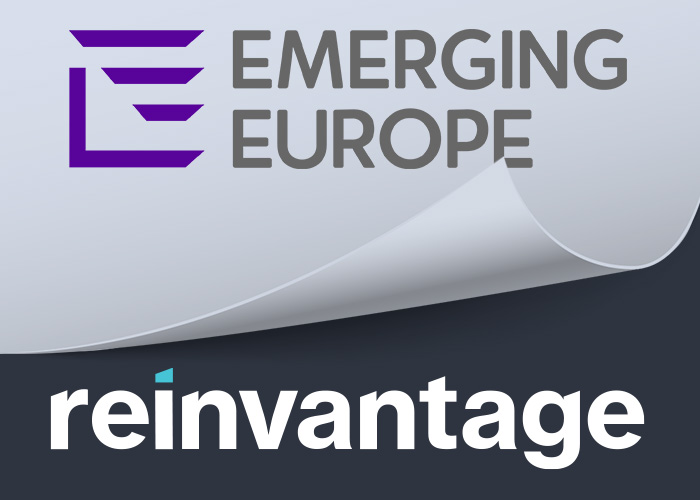While tourists still flock to Croatia and Slovenia’s picturesque coastlines, a less visible invasion is underway. Data centres—the factories of the digital age—are staking their claim along the Adriatic.
The gentle lapping of Adriatic waves against ancient stone harbours now increasingly competes with the hum of server fans.
Croatia and Slovenia, countries better known for tourism and picturesque coastlines, are strategically positioning themselves as emerging digital infrastructure hubs. Their location—a crossroads between Western Europe and markets to the east—coupled with renewable energy potential has attracted growing interest from tech infrastructure investors.
What was once an overlooked corner of European tech is gradually gaining recognition.
European data centre capacity has traditionally clustered around the FLAP-D markets—Frankfurt, London, Amsterdam, Paris and Dublin. But soaring energy costs and grid constraints in these established hubs have forced operators to look elsewhere.
The Adriatic coast offers compelling alternatives. Croatia’s electricity prices remain below the EU average, while Slovenia boasts one of Europe’s highest shares of renewable energy in its power mix. Both advantages are significant in an industry where electricity typically represents 40-60 per cent of operating costs.
Cool locations
Cooling systems compound these potential savings. Data centres generate enormous heat, requiring constant cooling that typically accounts for about 40 per cent of energy consumption. The Adriatic Sea provides natural cooling opportunities through seawater cooling systems that can significantly reduce this burden. This technique, already implemented successfully in other coastal locations, could be a key advantage for the region.
Croatia’s digital infrastructure development has been gaining momentum. Altus IT, Croatia’s first carrier-neutral data centre provider, was acquired by global data centre giant Equinix in 2020, marking the company’s entrance into the Adriatic region. The Croatian government has been taking steps to develop digital infrastructure, with its National Plan for Broadband Development outlining ambitions to improve connectivity throughout the country.
The A1 Hrvatska data centre in Zagreb, while not coastal, represents another significant investment in Croatia’s digital infrastructure. The company operates the largest commercial data centre in Croatia, highlighting the country’s growing digital ambitions.
Digital Slovenia
Slovenia has positioned itself strategically in the regional data centre landscape. The country hosts important regional facilities like Telemach’s data centre in Ljubljana, and Telekom Slovenije has made significant investments in data centre infrastructure. Slovenia’s Arnes, the Academic and Research Network, also operates data centre facilities supporting the country’s educational and research sectors.
The Slovenian government has implemented Digital Slovenia 2030, a strategy that includes enhancing digital infrastructure. This comprehensive plan recognizes data centres as essential components of the digital economy.
According to the Digital Economy and Society Index, Slovenia ranks above Croatia in connectivity metrics, suggesting a more developed digital infrastructure foundation.
This digital infrastructure development ripples beyond immediate construction. Software development clusters have emerged around these facilities, with employment in information technology growing in both countries. Universities in Ljubljana and Zagreb have strong computer science and electrical engineering programmes, helping to build the skilled workforce necessary for digital infrastructure.
The regional impact extends further still. Other Balkan countries are developing their own digital strategies, with initiatives like the Balkan Digital Highway Project aiming to improve regional connectivity.
The Digital Agenda for the Western Balkans, supported by the European Commission, seeks to help the region embrace digital transformation. For economies previously dependent on seasonal tourism and traditional industries, this diversification offers welcome resilience.
Foundations for future growth
Challenges remain substantial, however. Power grid capacity presents the most immediate constraint. Both countries require significant infrastructure upgrades to accommodate projected data centre growth. Environmental concerns have also emerged, particularly regarding water usage for cooling systems during increasingly common summer droughts.
Skilled workforce retention poses another challenge. Both countries face net emigration of technical talent, with graduates often seeking higher salaries in Western Europe. This talent gap could ultimately limit the sector’s growth potential.
Nevertheless, the trajectory points toward growth. The broader European data centre market is expected to reach 36 billion US dollars by 2026, with emerging regions like the Adriatic positioned to capture an increasing share of this expansion.
Industry analysts note that Central and Eastern Europe are among the fastest-growing data centre markets, with capacity increases outpacing more established regions.
For Croatia and Slovenia, this digital infrastructure development represents more than economic diversification. It offers technological relevance in a region often perceived as playing catch-up.
While still early in their development as digital infrastructure hubs, these Adriatic nations are establishing the foundations for future growth in Europe’s evolving digital geography.
Photo: Dreamstime.


Add Comment